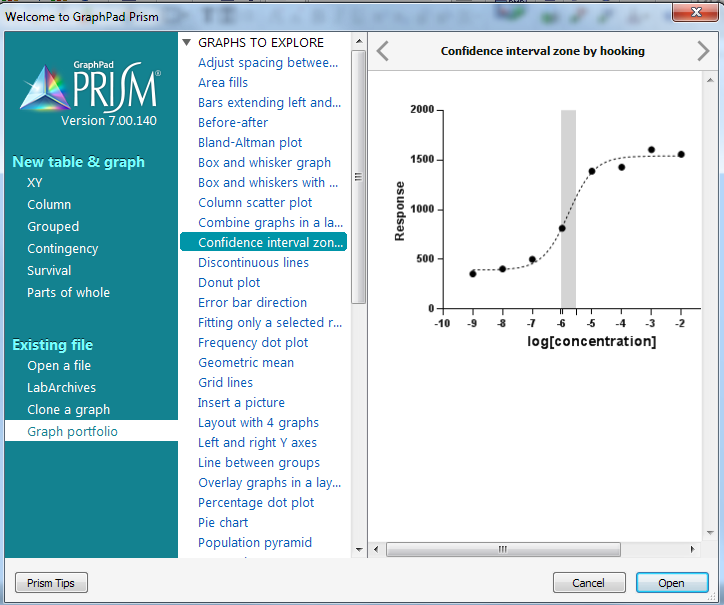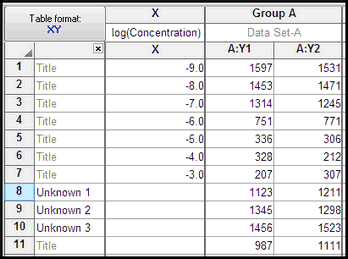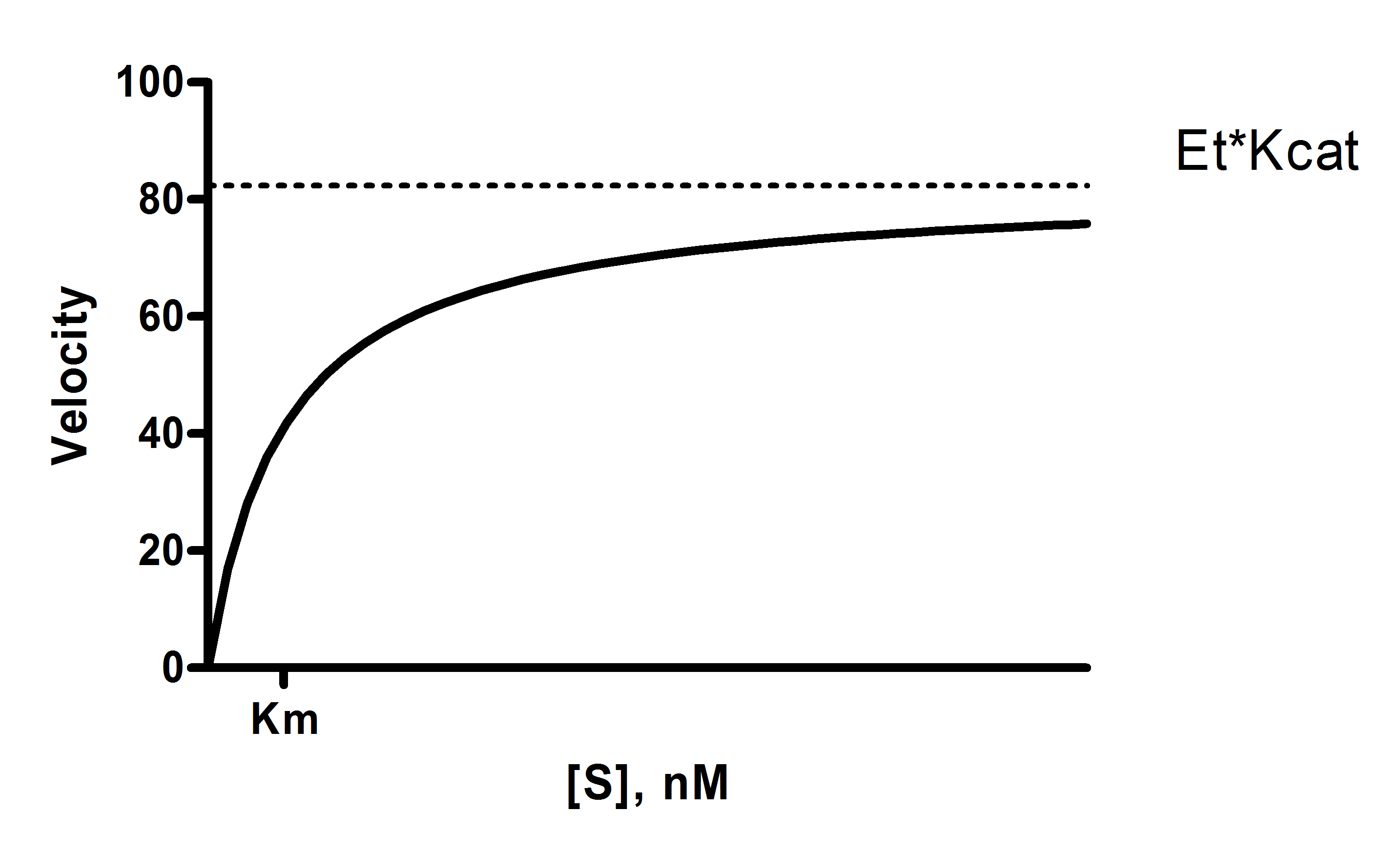


Main Outcomes and Measures The primary end point was progression-free survival (PFS) assessed by investigators.

The control arm received osimertinib monotherapy. Interventions The combination arm received oral osimertinib (80 mg, every day) plus intravenous bevacizumab (15 mg/kg, every 3 weeks) until progression or unacceptable toxic effects. In phase 2, patients were randomized to osimertinib plus bevacizumab or osimertinib alone in a 1:1 ratio. This study comprises a lead-in part with 6 patients and a subsequent phase 2 part. Objective To explore the efficacy and safety of osimertinib plus bevacizumab compared with osimertinib alone in patients with lung adenocarcinoma with EGFR T790M mutation.ĭesign, Setting, and Participants Patients with advanced lung adenocarcinoma that progressed with prior EGFR-TKI treatment (other than third-generation TKI) and acquired EGFR T790M mutation were enrolled. Importance Although treatment with first-generation epidermal growth factor receptor (EGFR)–tyrosine kinase inhibitor (TKI) plus antiangiogenic inhibitor has shown promising efficacies in patients with EGFR-mutated lung adenocarcinoma, recent single-arm studies have suggested that osimertinib plus antiangiogenic inhibitor might not work synergistically. I think the sequential anti-ALK therapy discussion discussed in ALK postive patients should be held here as well.Īpparently, I think that the place where we should use Antivegf therapy is to obtain longer PFS with both first and second generation EGFR TKI in much earlier steps, and then, in case of progression, longer survival with Osimertinib treatment can be seen with this sequential treatment strategy.

In one way or another, whether Ramurucimab in the RELAY study and the above-mentioned studies or the effects of anti-VEGF combination therapies obtained in preclinical studies on resistance, anti-VEGF cobbination therapy is available as an undeniable fact. Whatever the pathophysiological explanation in this study is, it is clear that in a T790M advanced lung adenolarcinoma, this combination may cause even worse outcomes than a single agent anti egfr. I think that the positive results obtained with the JO25567 and NEJ026 studies show us that the anti vegf and anti egft results show us that this combination will be an effective approach if used in the right place. Shared Decision Making and Communication.Scientific Discovery and the Future of Medicine.Health Care Economics, Insurance, Payment.Clinical Implications of Basic Neuroscience.Challenges in Clinical Electrocardiography.


 0 kommentar(er)
0 kommentar(er)
